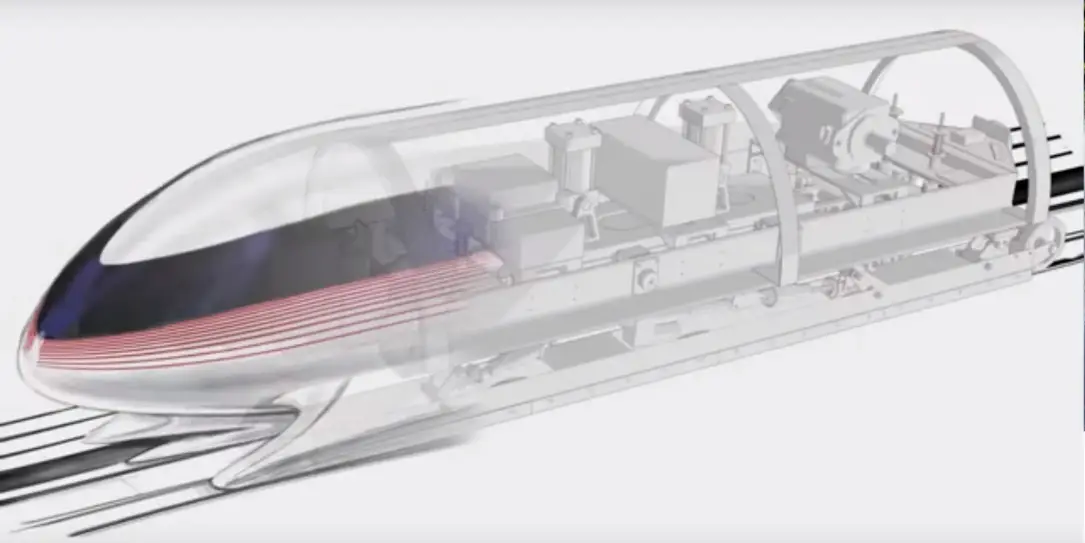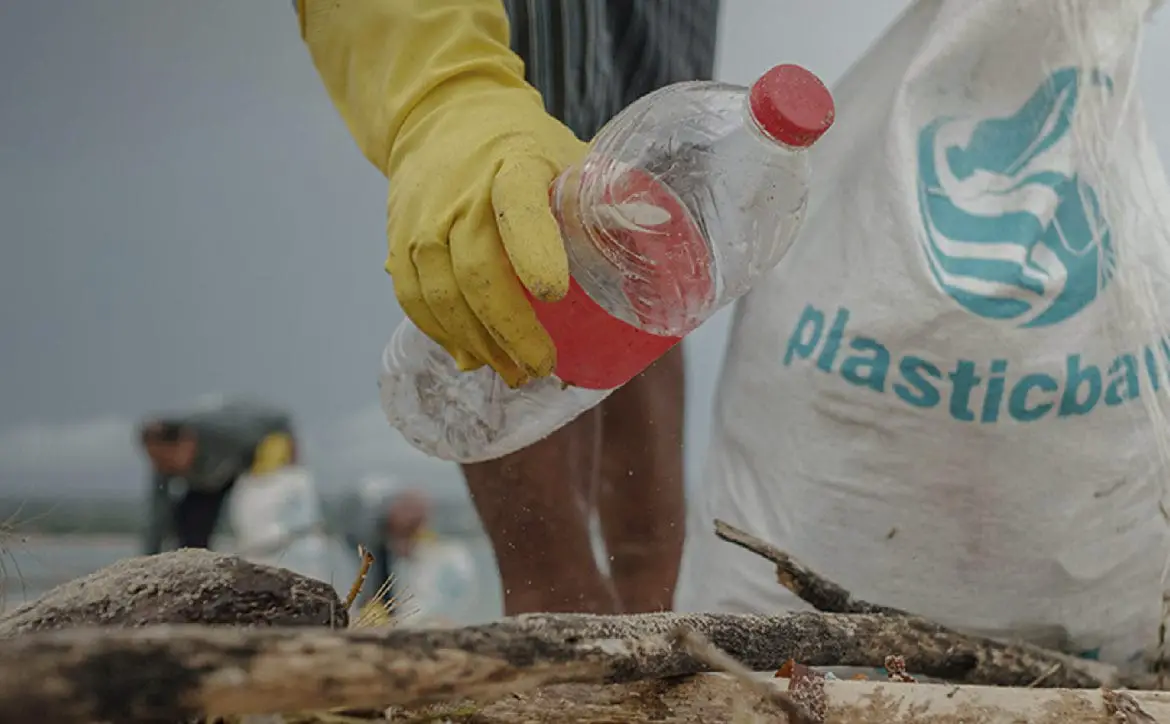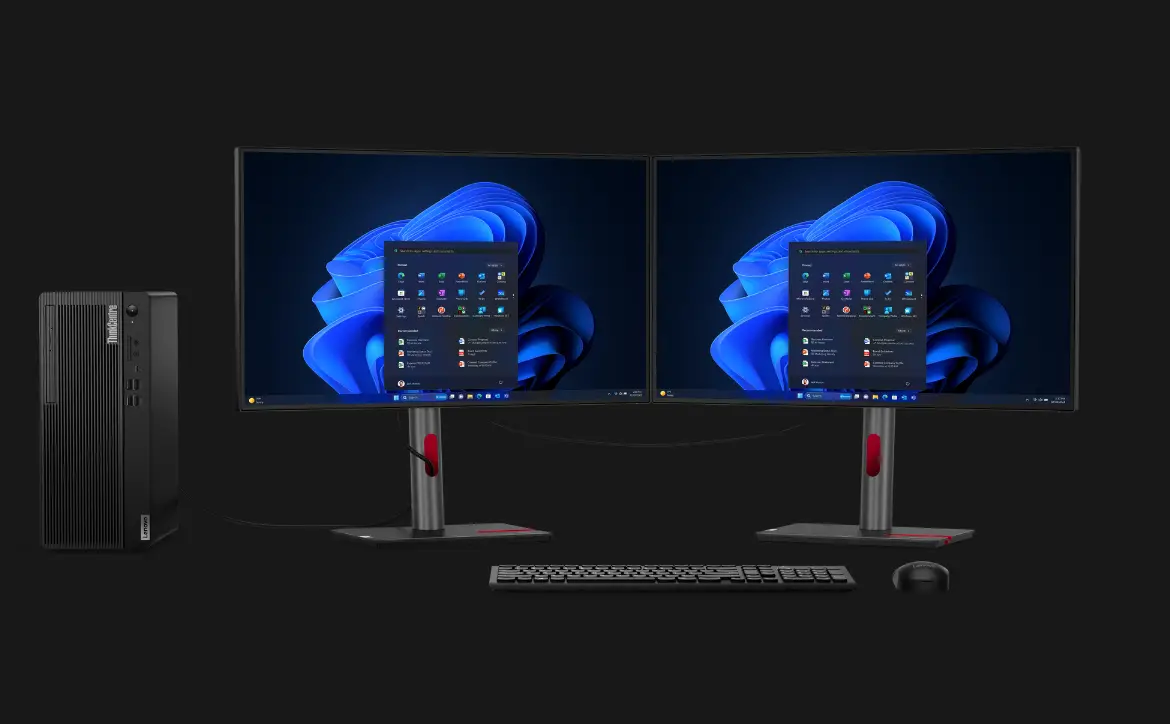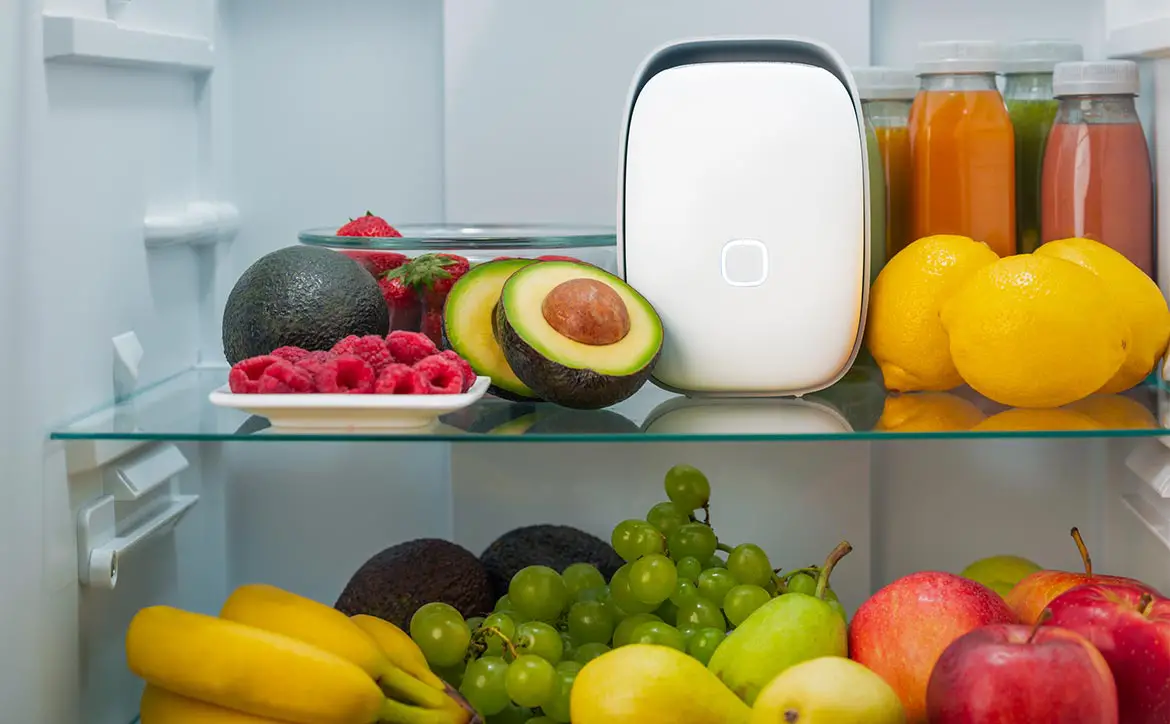It seems like only yesterday that the Hyperloop system was just a gleam in the eye of Elon Musk. Touted as a manner of transportation that could connect cities up to a distance of around 900 miles apart, many may have figured that this would be an idea that never came to fruition. Certainly not everybody has felt that way, especially when there are companies already dreaming up ways to connect the entire United States via Hyperloop. Couple that with the fact that a small scale Hyperloop test track will be built next to the SpaceX headquarters this year, and you’re well on your way to a legitimate form of transportation. On January 30th, SpaceX held the first round of a contest to design a Hyperloop pod — the passenger capsule that will travel within the Hyperloop tube. The MIT Hyperloop pod design came out on top, besting a field of over 100 entries from an international selection of teams.
The rules of the contest were relatively simple (for very very smart people):
Pods must accommodate a mechanical pusher that will serve as a propulsion system, and may levitate inside a near-vacuum tube that encloses the track. The capsules must also be equipped with sensors that can broadcast real-time telemetry data during the mile-long run.
The pod design did not need to include the mechanical pusher at this time, only the pod itself. MIT’s design differed slightly from Musk’s original inspiration for the Hyperloop pod, in that Musk initially envisioned the pod floating on a cushion of air while MIT’s design uses high-powered magnets to create lift off of the aluminum track.
The team of graduate students have backgrounds in several different engineering-related fields including aeronautics, mechanical engineering, electrical engineering, and computer science.
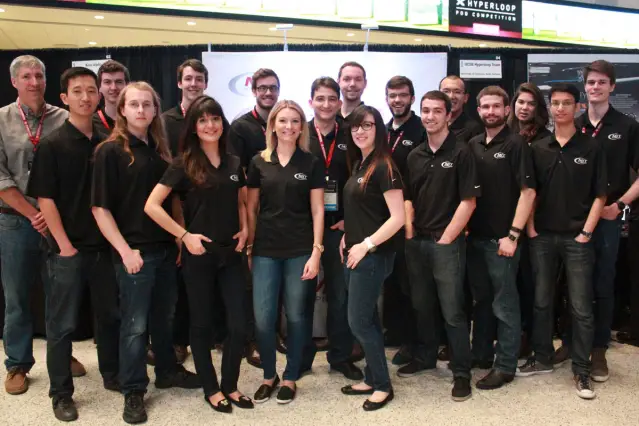
With the first round of the contest behind them, the team at MIT doesn’t have a lot of time to celebrate. Their design has won, but now they’ll need to build a functional prototype. The testing is scheduled to take place in May, so a mere three months separate the contest from the first test. The team is hoping their pod will hit speeds of at least 1oo meters per second (roughly 224 miles per hour) in the live test. This test will obviously not include any passengers.
You can see more about MIT’s Hyperloop team and design in their video below:
https://www.youtube.com/watch?v=1L98iaV8MbE
So what do you think of MIT’s design? Are you excited to see the Hyperloop getting closer and closer to reality? Tell us what you think in the comments below, or on any of your favorite social media sites.
[button link=”http://news.mit.edu/2016/mit-students-win-first-round-spacex-hyperloop-contest-0201″ icon=”fa-external-link” side=”left” target=”blank” color=”285b5e” textcolor=”ffffff”]Source: MIT[/button]
